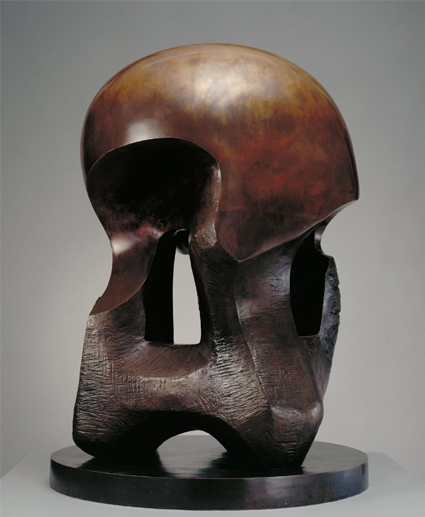ANDY WARHOL'S 1965 Atomic Bomb is a Pop Art apocalypse. Twenty eight identical mushroom clouds are laid out in rows like so many Campbell's Soup tins: nuclear cataclysm fresh off the production line. Reading down the painting you notice a gradual darkening of tone, so that the final panel is almost entirely black — an obliteration of the image that implies the universal oblit¬eration of the holocaust. Warhol's image has become a secular icon for the late twentieth century.
But on another level Atomic Bomb dramatises the impotence of the artist in the nuclear age. Warhol's numbing repetitions ex-haust the emotive impact of the mushroom cloud as an image and announce its degeneration into visual cliche. Warhol himself em-braced this kind of anaesthetised response to horrific events and deliberately evolved an art drained of emotion. But even when artists have tried to come up with moving responses to nuclear war, they have tended to fail in two ways. First, it is impossible for a visual artist to convey the blinding ferocity of a nuclear explosion (as the sculptor Michael Sandle puts it, "how can you compete with the impact of an atom bomb?"). Secondly, the existing iconography of nuclear war — mushroom clouds, missiles, the finger on the button and so on ad nauseam — has been exhausted by familiarity. As Warhol said, "When you see a gruesome picture over and over again, it really doesn't have any effect." His Atomic Bomb works as a painting because it is about art's inadequacy in the wake of Hiroshima.
Art about nuclear war oscillates between a kind of gloomy owning up to its poverty of means and a repetitious flourishing of the same old symbols. Arnulf Rainer's 1982 "Hiroshima Cycle" belongs in the first camp. Rainer used anonymous documentary photographs of the...


